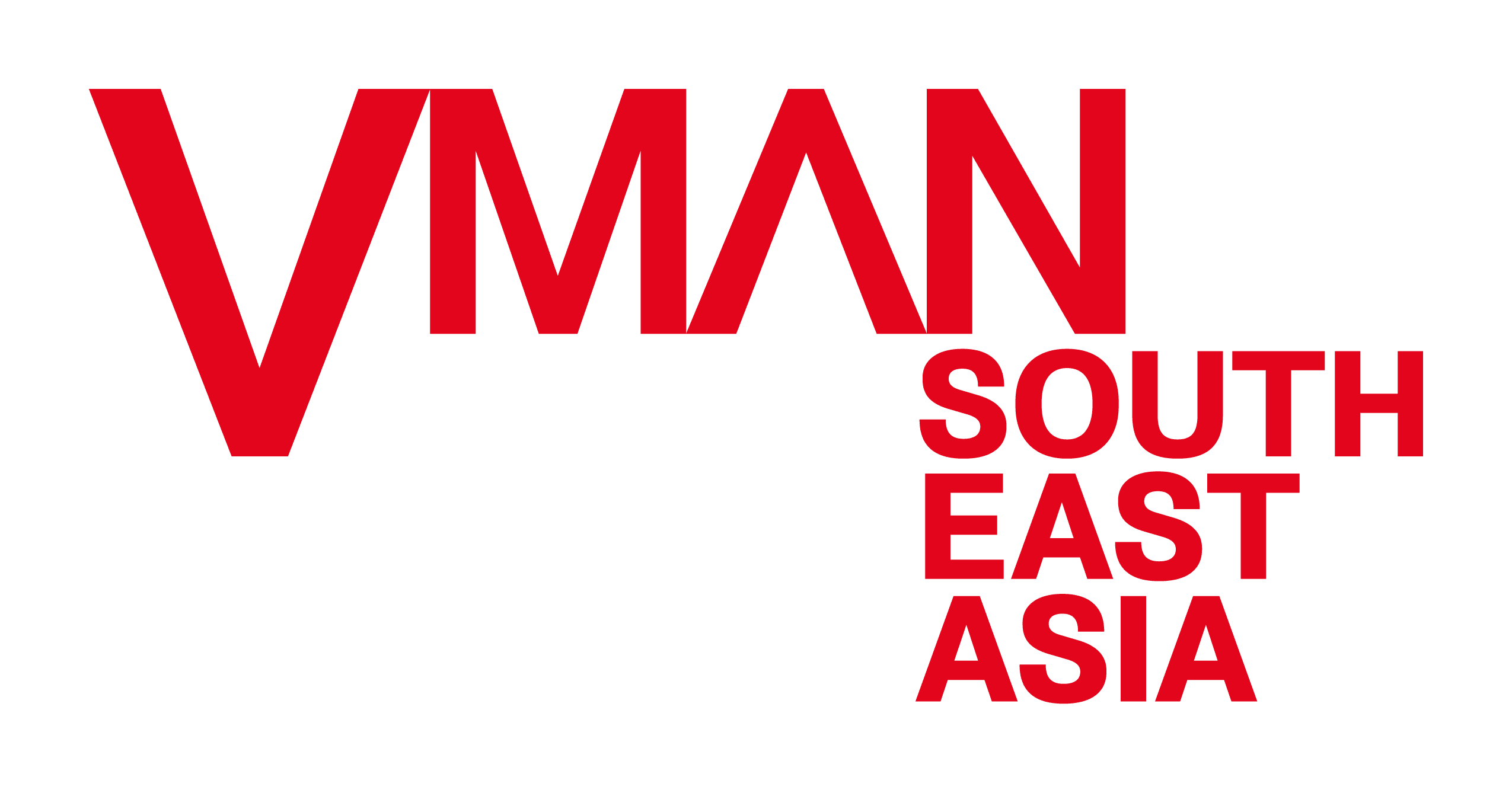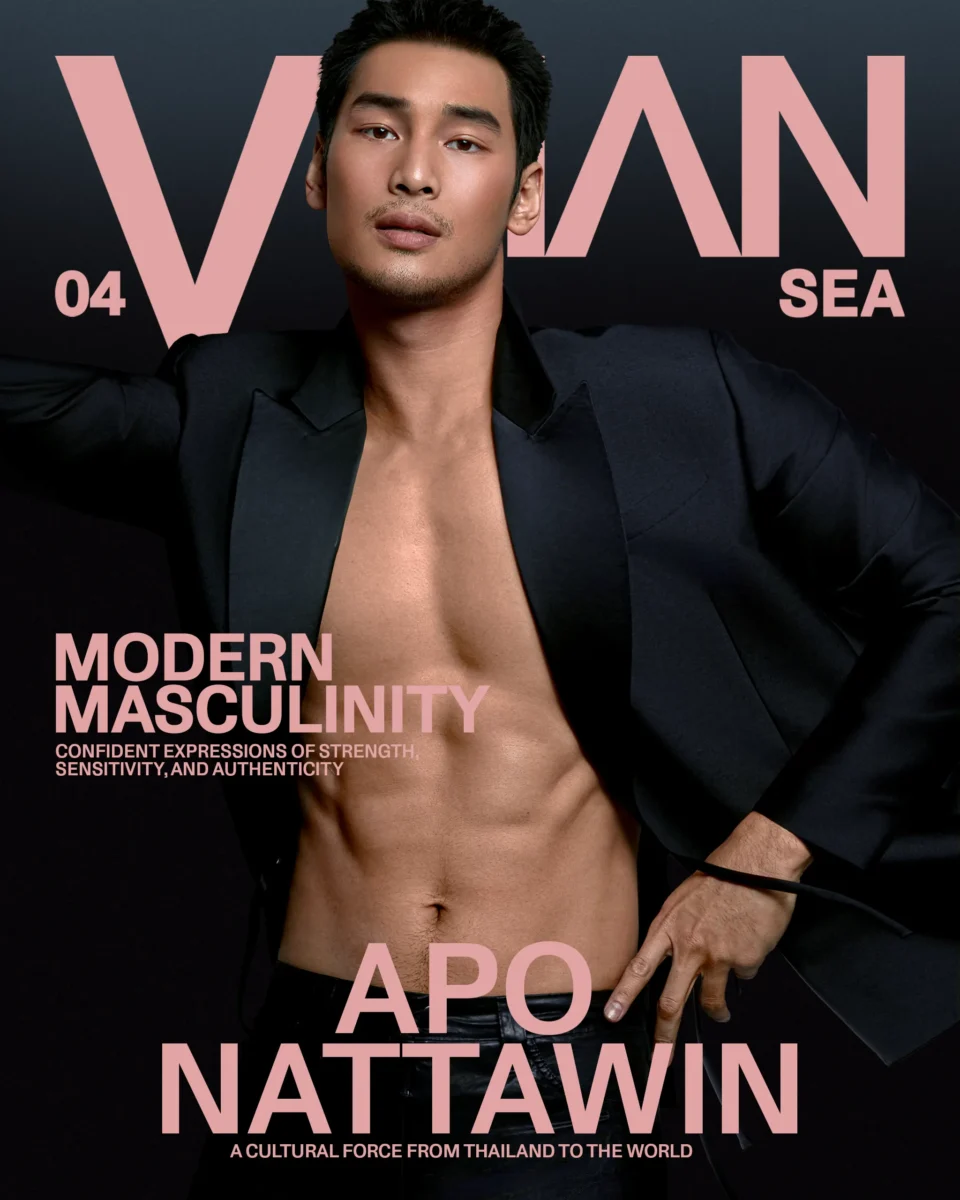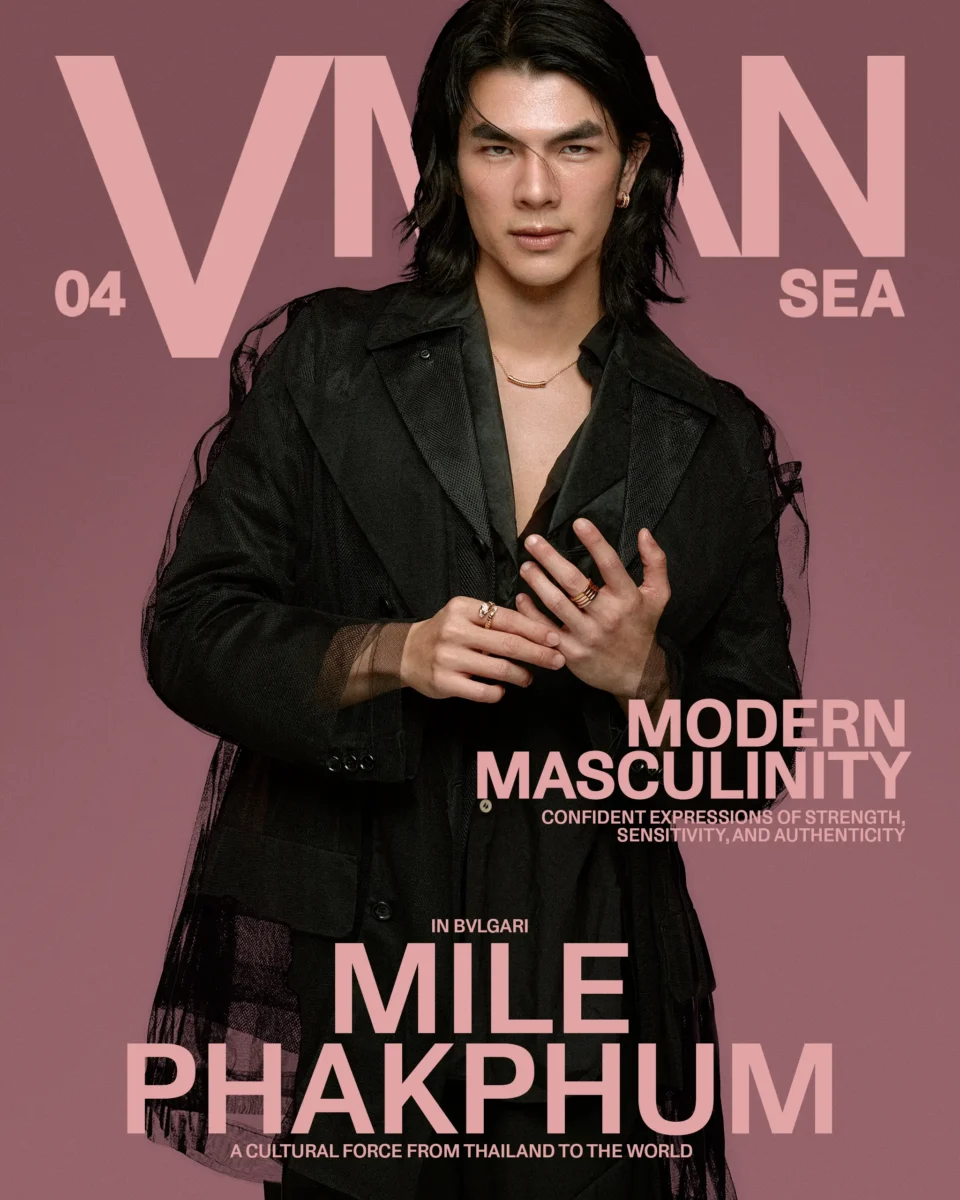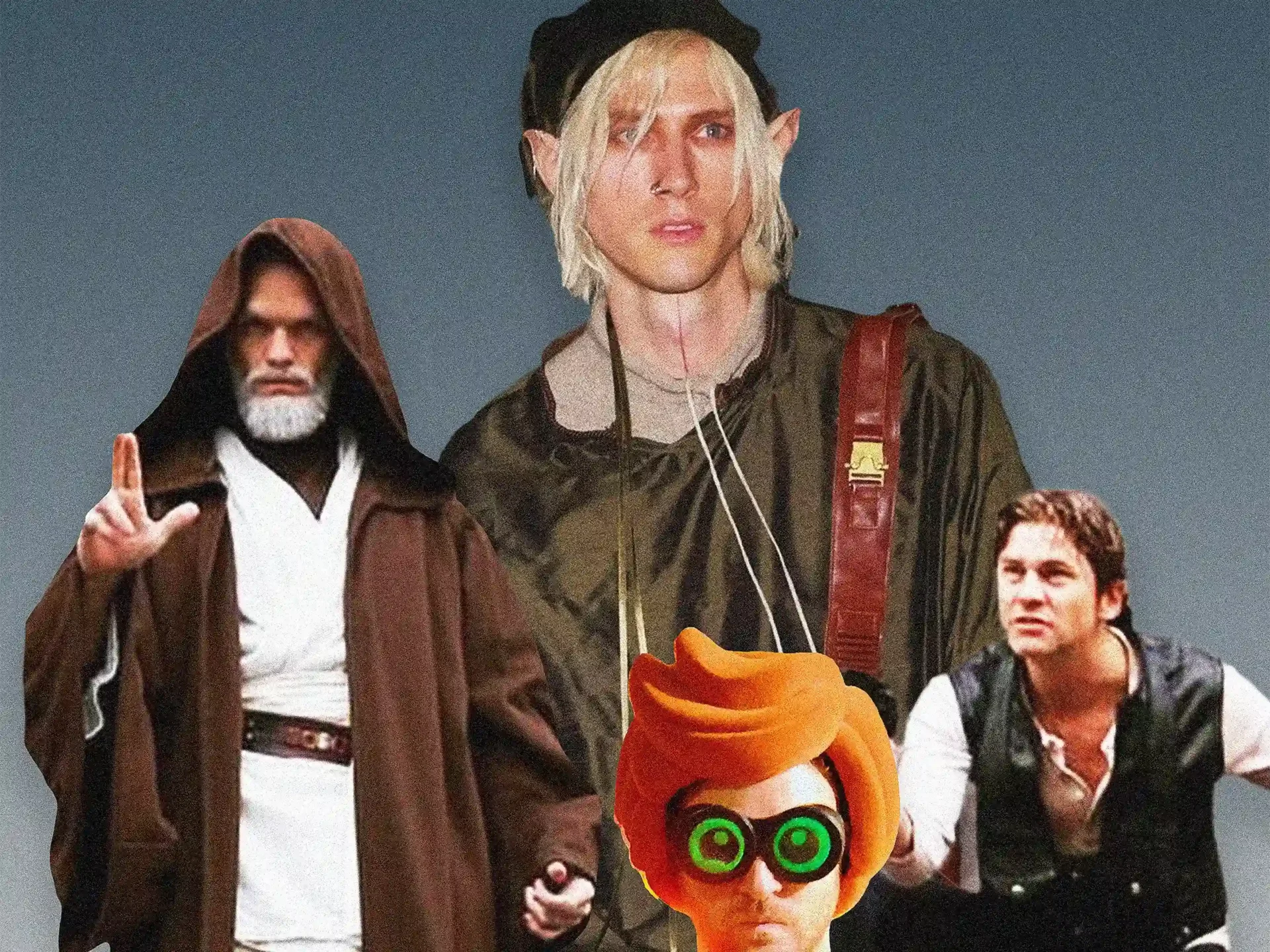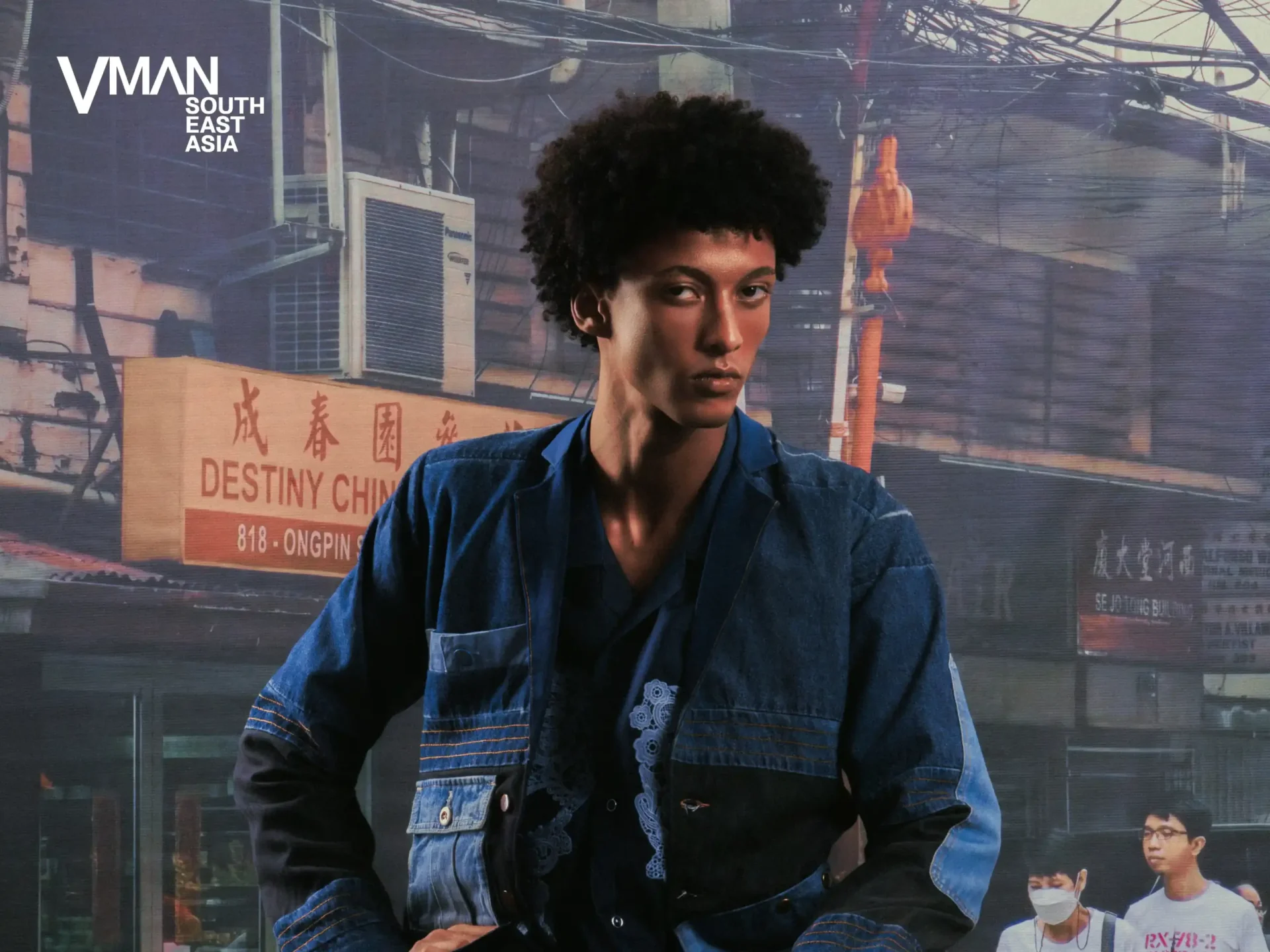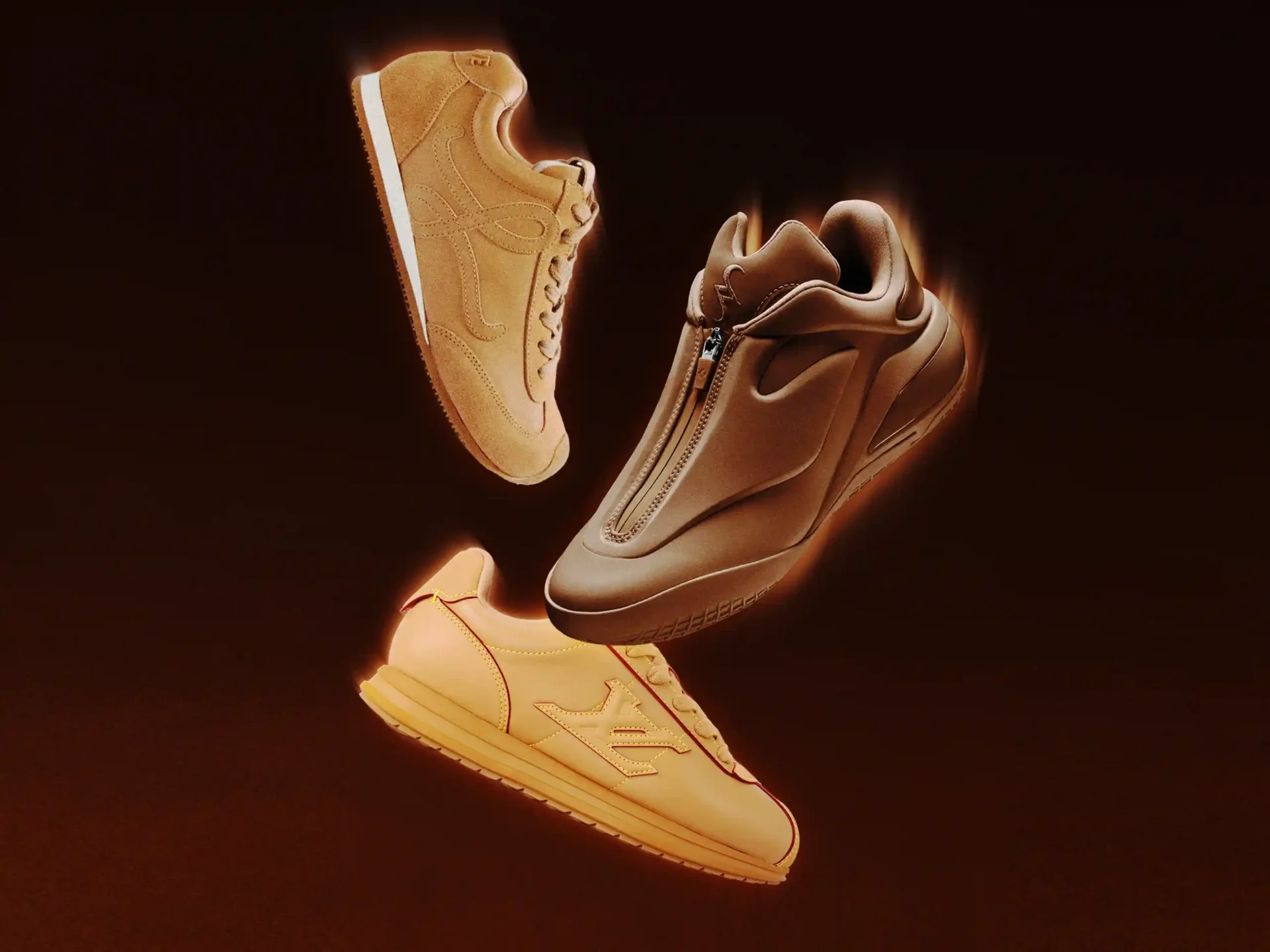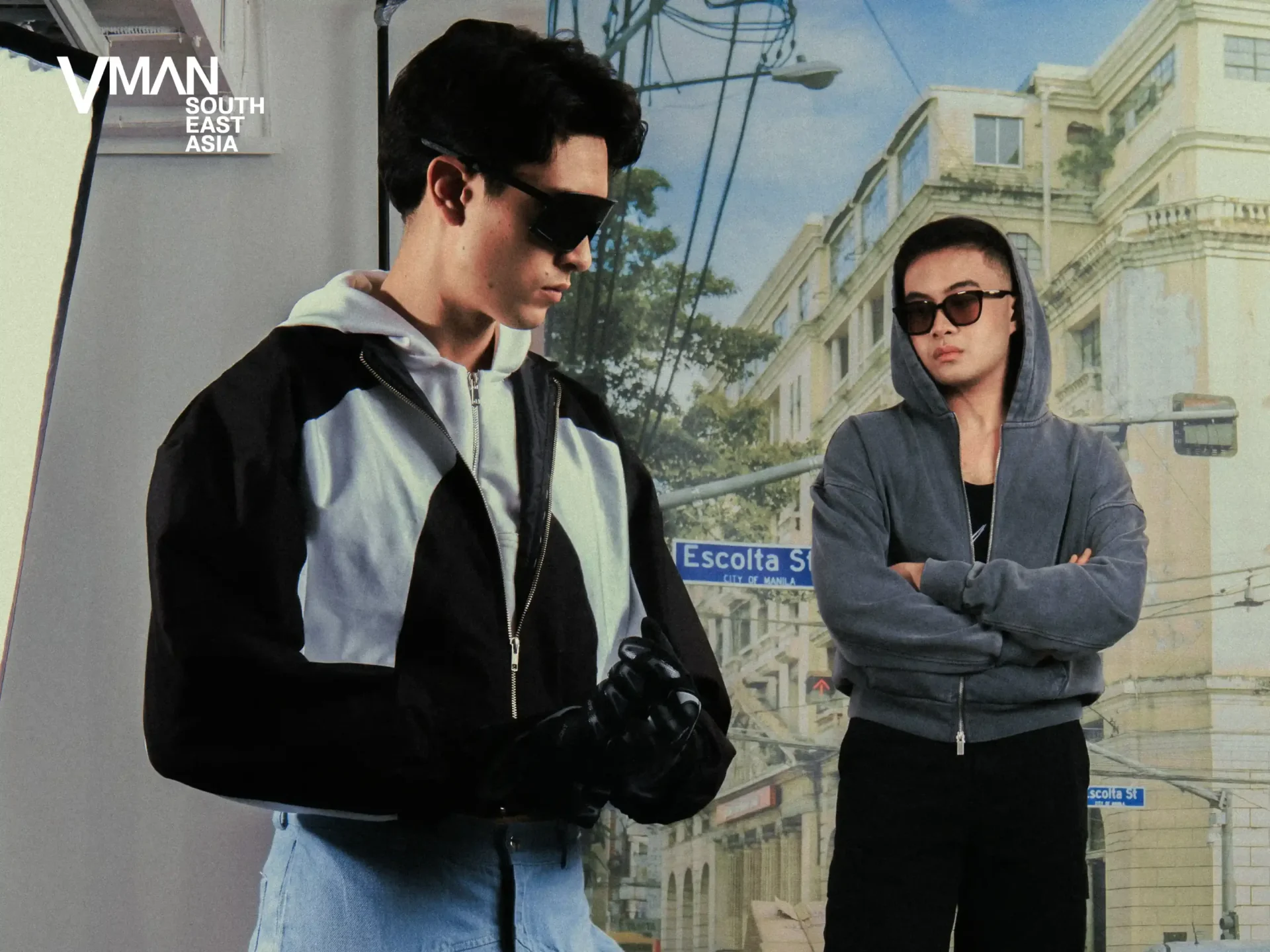How Syndrome Supply Shifted from Selling Streetwear to Telling Stories
Hype brought founder Anton Cruz into streetwear—now, he and his brand are evolving within the industry through authenticity and self-expression
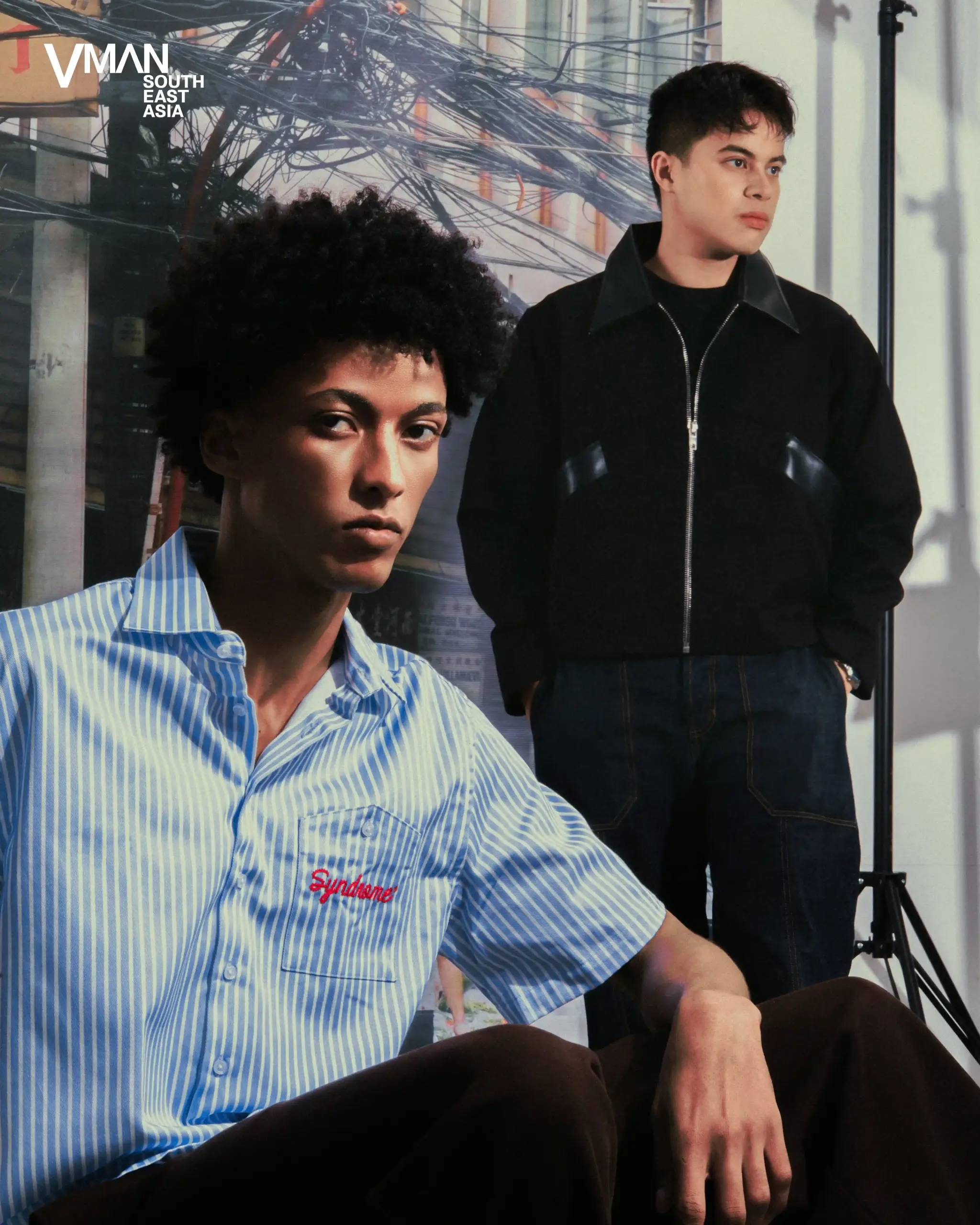
How did Syndrome Supply evolve from a streetwear to a lifestyle brand?
A quick look at Syndrome Supply’s pieces tells you the brand’s clear influences: football, racing, camping, and semblances of streetwear culture in its various iterations—sneakers, the hype era, pop art collaborations, and the like.
It wasn’t this flexible before, however. Syndrome began as a sneaker cleaning brand that eventually ventured into merch. Then came the hurdle: it was challenging to consistently create pieces with ‘sneaker’ in the titles or creative concepts.
When the pandemic hit, co-founder Anton Cruz and his team decided to start fresh. They dropped the word ‘sneaker’ and built something more open-ended—something that could mean anything. Thus, Syndrome Supply was born.
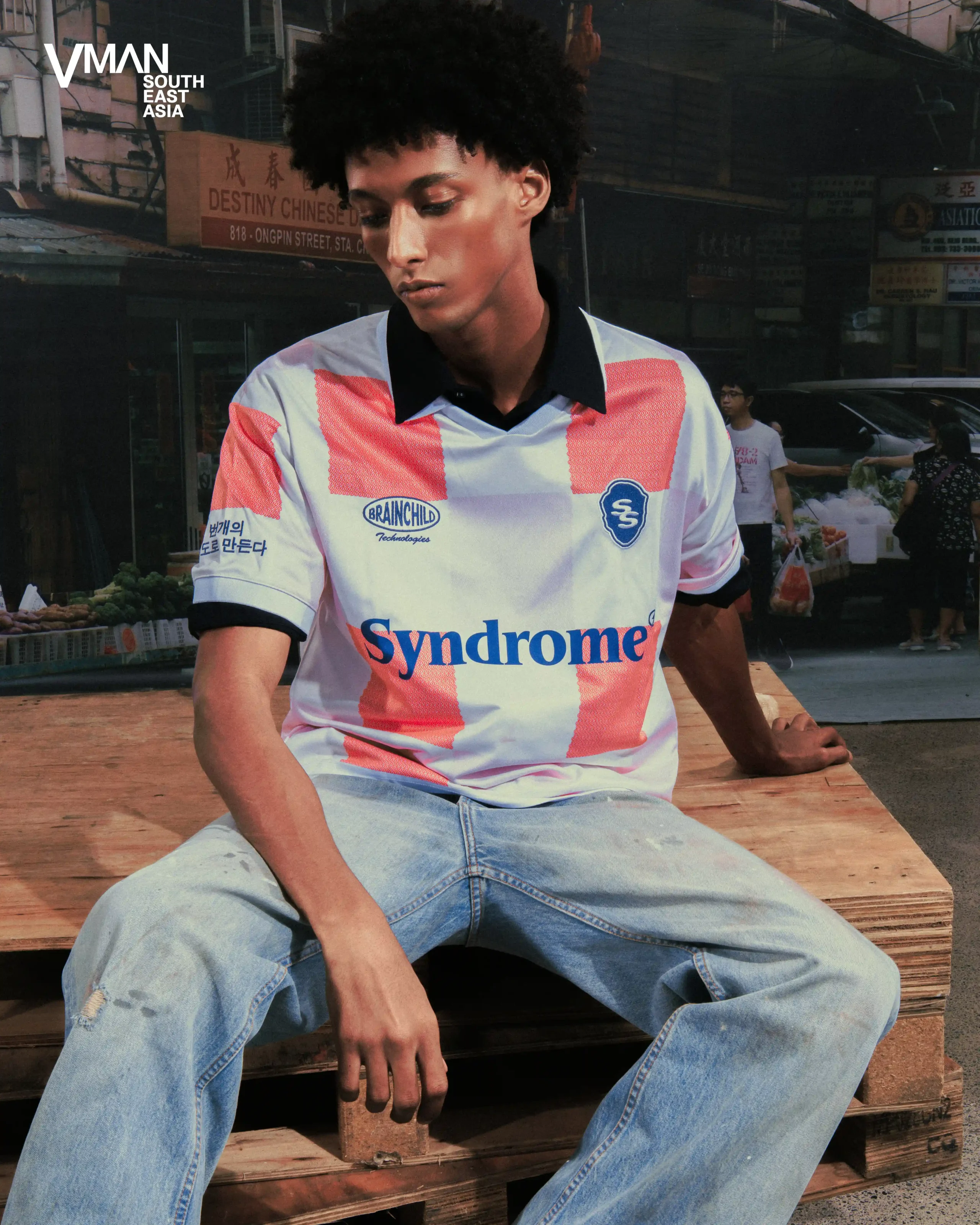
Anton’s own entry point into streetwear came from the hype era. The Yeezy resale boom pulled him in, and for a while, he chased it. “I was buying more for the hype instead of the story or meaning,” he admits. But that experience also taught him what not to do. He realized that the value of streetwear wasn’t in exclusivity—it was in identity. Anton once bought into pieces because of this feeling that he had something that only he possessed—now, he’s more into acquiring clothes because it represents him the best.
It’s a mindset that shapes Syndrome’s approach. The brand doesn’t treat streetwear as mere status, but rather as a lifestyle.
“We often say that we don’t sell clothes. We sell energy, experiences, and emotions.”
Their clothes carry a certain mood: a jersey that makes you feel like you could play a match like Cristiano Ronaldo, or a polo shirt that makes you feel prim and proper. The design process is instinctive—for instance, Anton talks about looping one song for hours to get into a flow state, translating that rhythm into the overall creative direction of a piece, campaign, or collection.
Syndrome’s storytelling has also become one of its strongest tools, drawing from something personal and relatable. This has allowed Syndrome to build a loyal following in Manila’s increasingly crowded streetwear space, where a distinct personality now matters more than mere conformity. But more importantly, it has connected Anton to markets and customers that resonate with his own interests, from clients in Cebu to as far out as Shanghai.
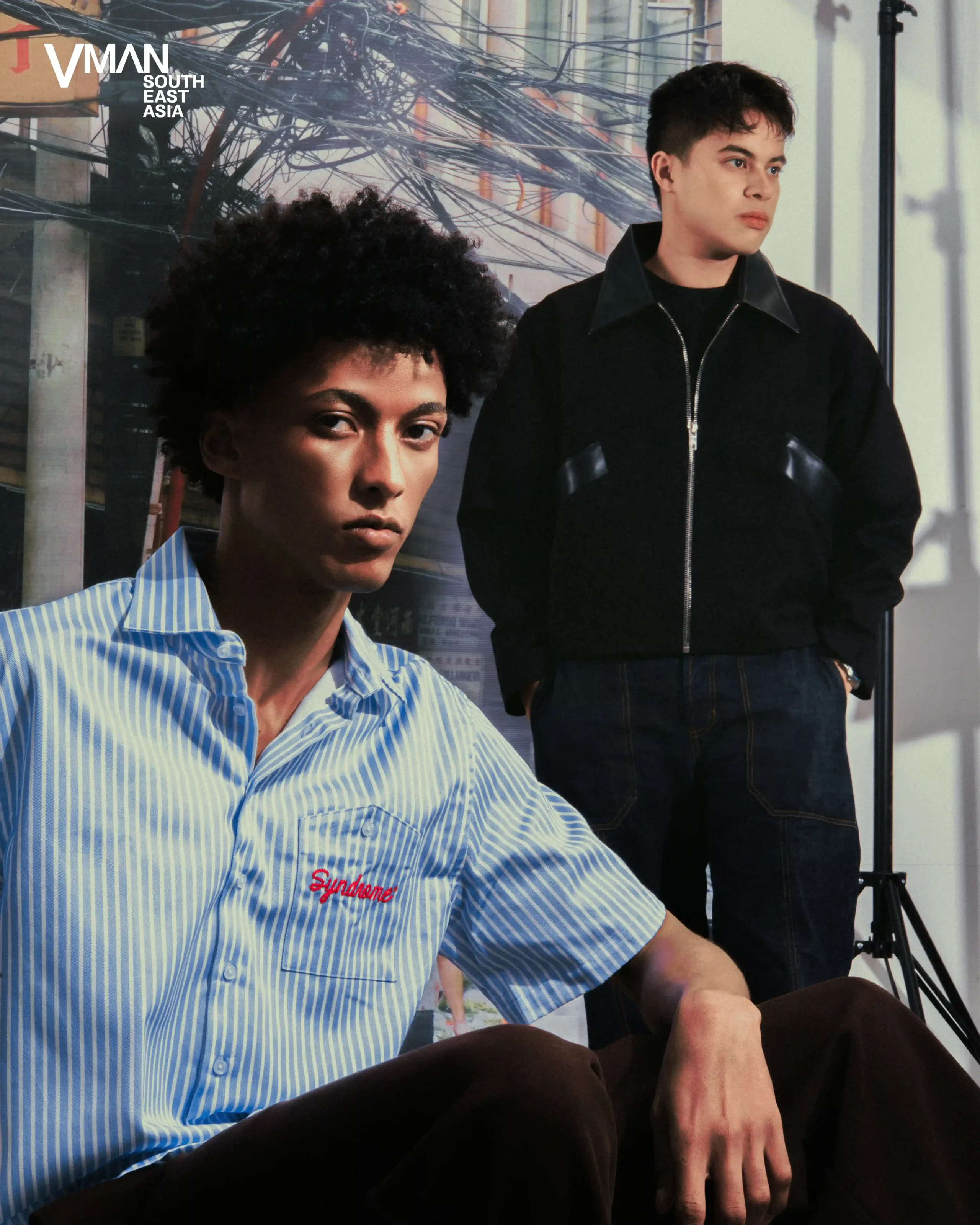
It has also carried the brand along the ever-changing shifts within streetwear. “Before, it was just logos, marketing, celebrities—you were good,” he says. “Now, I make movies, skits, editorials, TikTok reels…at the end of the day, it’s all about the story, the quality, what your brand represents. You can’t fake a lifestyle just by slapping on a logo.”
At its core, Syndrome Supply goes back to the idea of self-expression, solid storytelling, and simple fun.
“Production-wise, we’ll never compromise on quality. But as a brand, we’re just ourselves. I want Syndrome to be that fun cousin, friend, or even uncle. We’ll just continue doing cool stuff.”
Chief of Editorial Content Patrick Ty
Photography Joseph Bermudez
Art direction Mike Miguel
Fashion Corven Uy
Grooming and hair Jean Anganangan, Crish Marfil, Patricia Marcaida, and Dhanver Serrano (Nix Institute of Beauty)
Model Nubi Osman
Production design Studio Tatin
Production Francis Vicente
Lighting direction Rojan Maguyon
